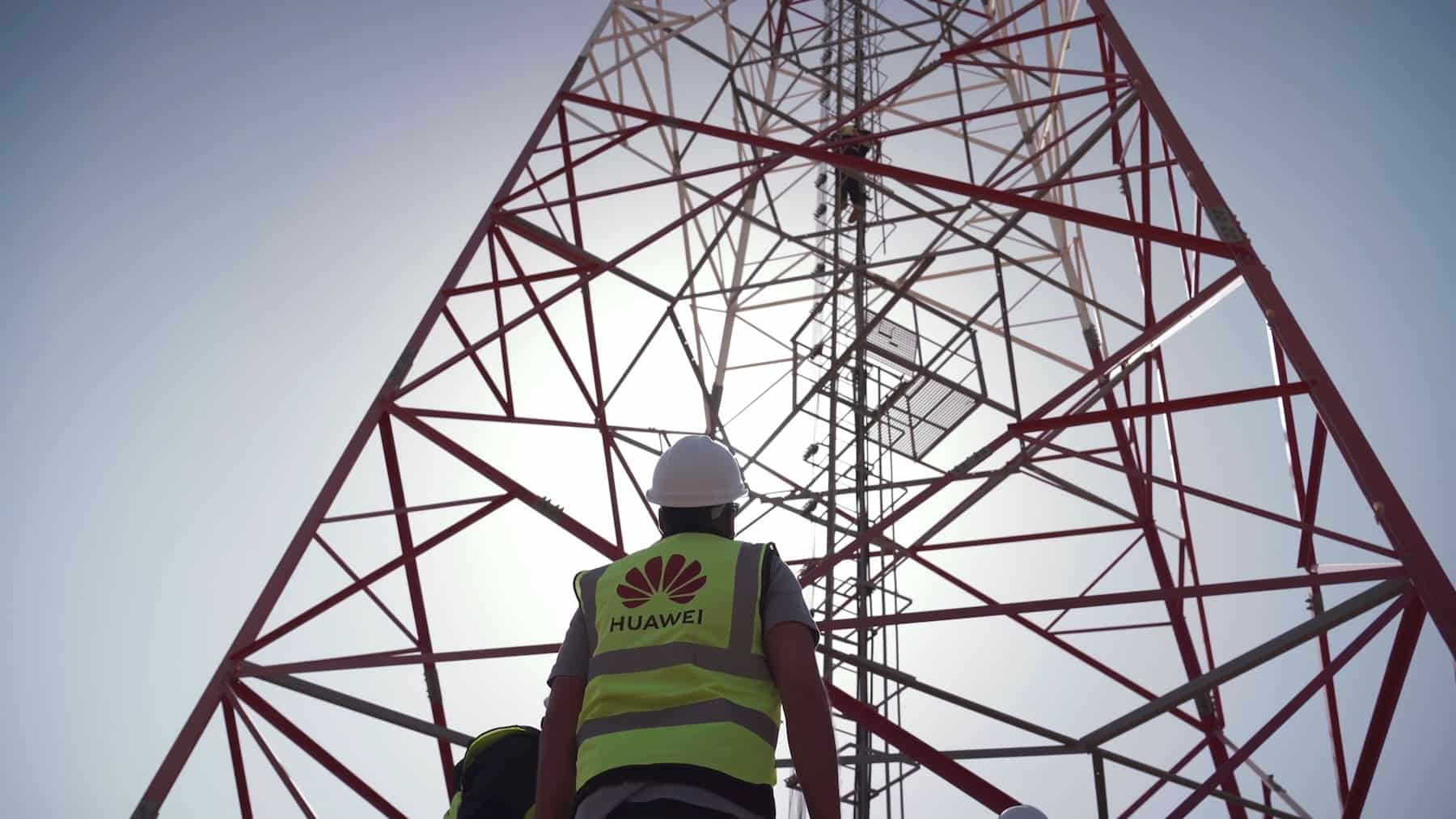The Chinese tech giant is set to launch a solid-state unit on August 27th, specifically designed for data centers handling artificial intelligence workloads, aiming to break the limitations of HBM memory.
Huawei is once again at the forefront of technological innovation. Just weeks after announcing UCM (Unified Computing Memory), a toolkit to accelerate AI inference and reduce dependence on Chinese HBM memory, the company plans to unveil its first AI SSD, according to sources like Guancha.cn and National Business Daily. The launch is scheduled for August 27th and would mark Huawei’s official entry into the global race for AI memory, a sector currently dominated by manufacturers such as Kioxia and Micron.
Beyond Consumer SSDs
Unlike standard SSDs meant for personal computers, Huawei’s AI SSD is designed for data centers that perform training and inference on large-scale models. Its goal is to address the well-known “VRAM wall,” a bottleneck when GPU or AI accelerator memory can’t scale sufficiently to handle massive data loads.
Huawei’s new SSD promises high capacity and increased data flow performance, directly enhancing AI accelerator card efficiency and providing robust support for artificial intelligence applications.
Global Context: Kioxia and Micron’s Race
The announcement puts Huawei in direct competition with international players:
- Kioxia has laid out a mid- and long-term roadmap to expand innovation in AI-driven storage and strengthen its position in the NAND market.
- Micron recently introduced three AI SSDs, including the Micron 7600, designed specifically for mixed inference and training workloads.
Huawei’s entry into this segment confirms that AI memory has become a strategic frontier within the global tech ecosystem.
Innovation with Its Own Signature
According to Guancha, Huawei is integrating internally developed technologies such as XtremeLink and SpeedFlex PCB into its new product, aiming to optimize interconnection and electrical performance of storage systems.
Additionally, this launch complements recent advances with UCM, introduced in August. Based on KV (Key Value) Cache technology, it intelligently manages cache data during AI processing, automatically distributing data among HBM, DRAM, and SSD based on memory usage patterns.
This hybrid approach seeks to maximize efficiency and reduce costs, especially as China still faces limitations in DRAM and HBM due to U.S. export controls, although it has made notable progress in NAND flash technology.
Strategic Partnerships
According to National Business Daily, Huawei also plans to collaborate with integrated system providers to incorporate these AI SSDs into all-in-one AI server solutions, potentially accelerating adoption and expanding their presence in business and government markets.
A Fight to Reduce Technological Dependence
The significance of this launch isn’t solely technical; it also has geopolitical implications. With Chinese manufacturers limited access to critical high-performance memory technologies, Huawei is turning to alternative solutions to strengthen its AI product competitiveness without relying directly on U.S., Japanese, or South Korean supply chains.
FAQs
1. What sets an AI SSD apart from a conventional SSD?
An AI SSD is optimized for heavy data loads typical of AI training and inference tasks. It offers higher bandwidth and better data flow efficiency, whereas a standard SSD prioritizes speed for general PC and server use.
2. How does Huawei’s AI SSD help overcome the “VRAM wall”?
The VRAM wall occurs when GPU memory is insufficient for large models. The AI SSD acts as a high-capacity, high-performance extension, easing pressure on HBM and DRAM.
3. What role does UCM play in this strategy?
UCM, launched in August, enables dynamic cache data management among HBM, DRAM, and SSD, improving storage efficiency. Huawei’s new AI SSD would be a key component within this ecosystem.
4. What impact could this launch have on the global market?
Though Huawei still faces limitations in DRAM and HBM, advances in NAND flash and AI SSD development position it as a significant new player competing with Micron and Kioxia in a future where memory technology is crucial for AI progress.
via: trendforce

